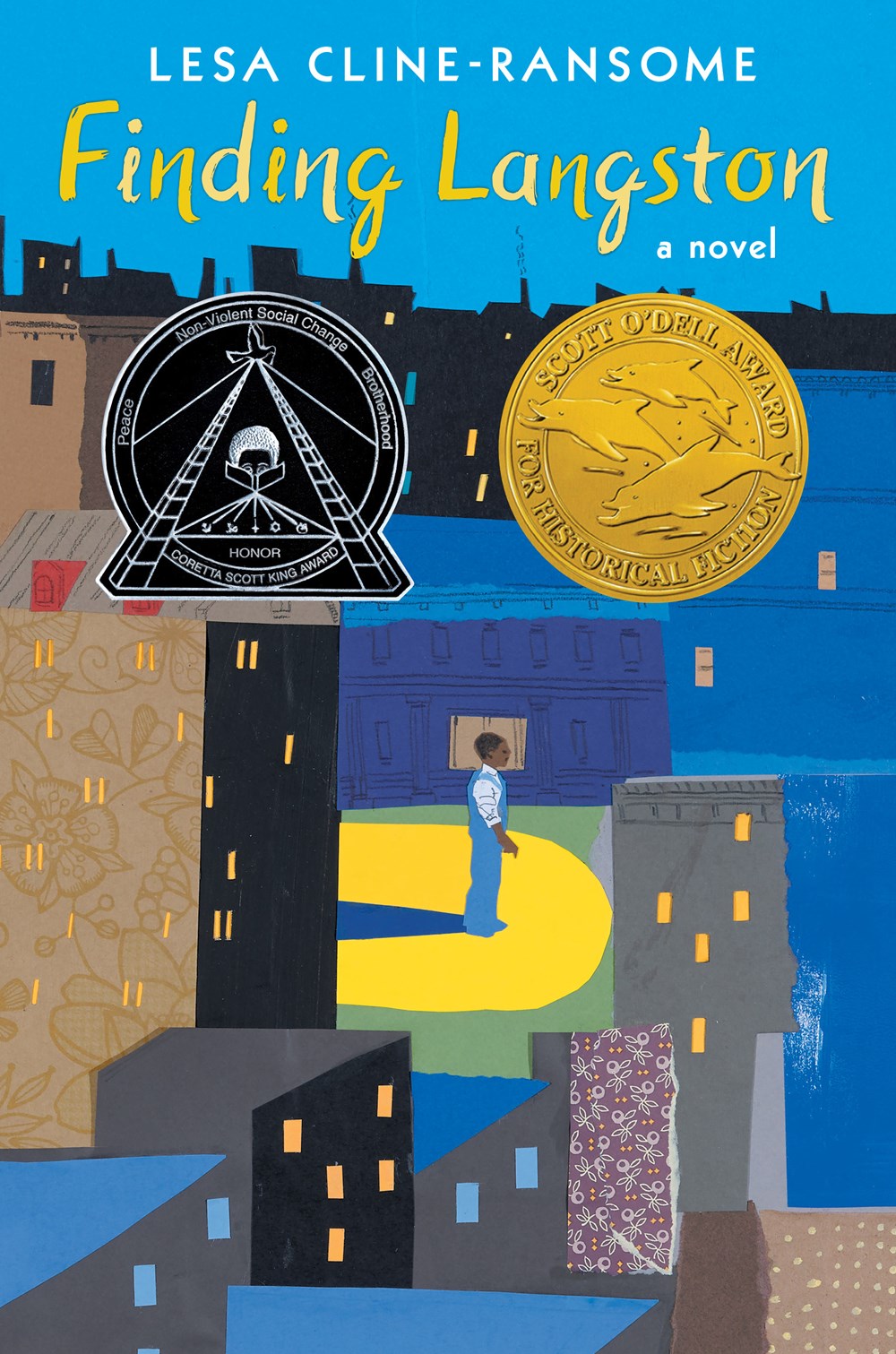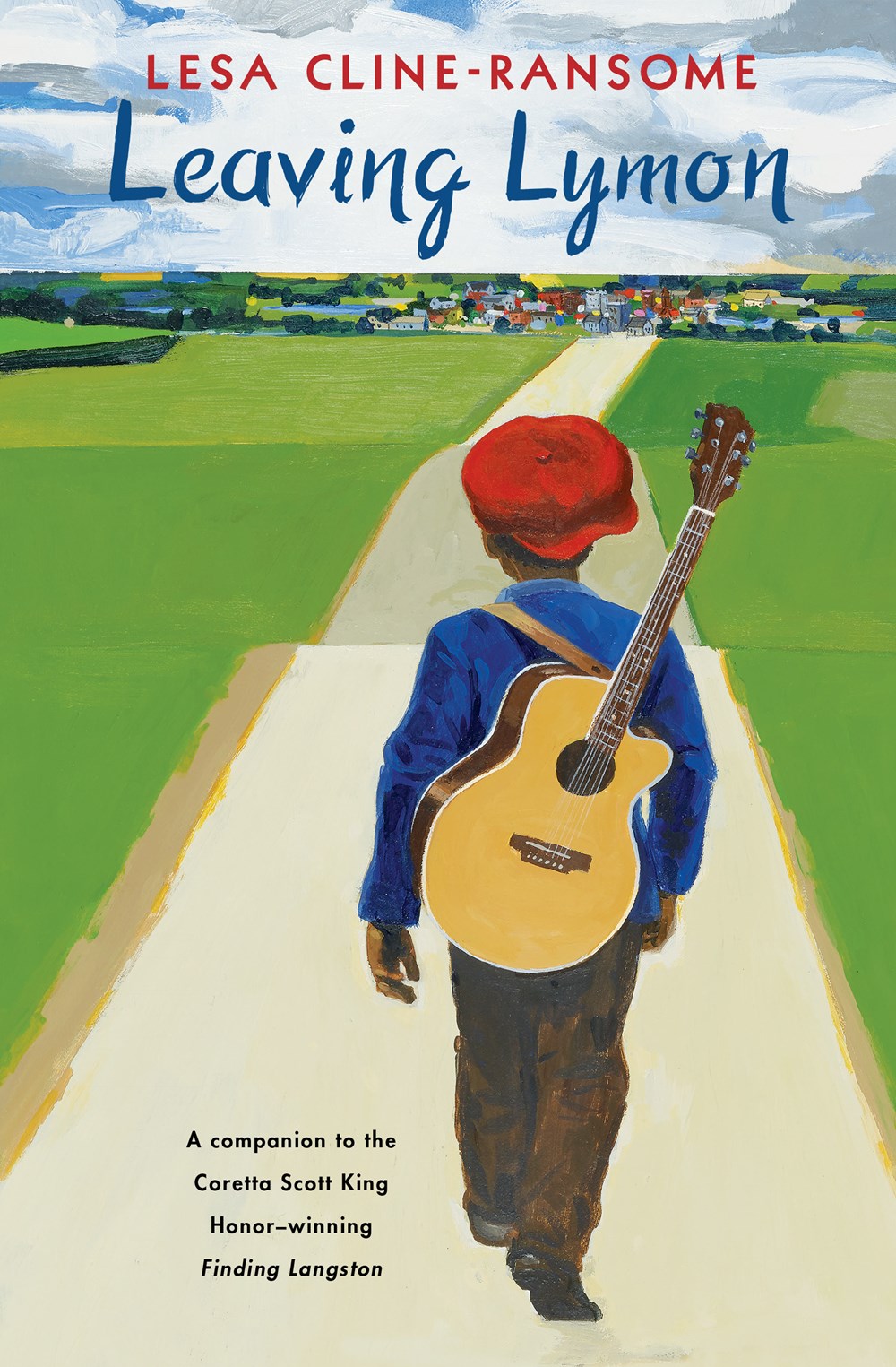Margo Rabb’s new YA novel, Kissing in America, follows two teens as they travel from New York City to Los Angeles to compete in a game show . . . and catch the boyfriend who got away. Along the way, they visit friends and relatives whose sometimes quirky, sometimes funny and sometimes challenging situations force them to rethink their own views on everything from friendship to family to future plans. BookPage talked to Rabb about romance novel euphemisms, handwritten letters and putting an end to genre shaming.
Eva and Annie’s cross-country bus trip forms the heart of Kissing in America. Have you ever taken a long bus trip?
I’ve taken lots of long bus trips and cross-country road trips, and they all inspired this book. As a teenager, I had summer jobs in Maine and the Adirondacks, which meant many long Greyhound bus rides, often by myself. On one of these trips I sat next to a man who’d been paroled from prison recently, and who proceeded to slowly eat his own hair. (I couldn’t resist putting that in the book.) I also love riding in the front seat of a bus, with its view out the giant windows—I always think it’s such a lovely view. Riding a bus doesn’t have the best reputation, but I loved it when I was a teen. It was a lot of fun to capture those memories in this book.
"I find it interesting that the literary establishment has embraced genres such as mystery and thrillers, yet romance novels are still often looked down upon or not taken seriously."
Eva loves the escapism and fantasy of romance novels. The imaginary narratives that she creates about herself and Will, based on her favorite books, are full of hilariously overwrought language (“‘I want to reach the zenith with you,’ he said as he enfolded her in his manly arms”). Do you like to read romances? What was it like writing in the voice of an over-the-top romance novelist for these passages?
Writing those romance novel excerpts was one of my favorite parts of writing this book. I have an entire file of romance euphemisms including “saucy orbs,” “meat injection” and, my personal favorite, “honeypot.” Unfortunately, they didn’t all make it into the book. Although Kissing in America isn’t a romance novel, I love reading them, including everything from genre romances (especially the cowboy ones) to classic novels with romantic plots, like Pride and Prejudice and Jane Eyre, which I reread every year. The best romances, whether classic or genre, explore and capture the excitement and meaning of falling in love. I find it interesting that the literary establishment has embraced genres such as mystery and thrillers, yet romance novels are still often looked down upon or not taken seriously.
Will occasionally texts Eva but mostly eschews technology in favor of written letters. What do you think are the pluses and minuses of paper versus electronic communication? Does anyone in your life regularly send you written letters—or do you send them to anyone?
I think I was born in the wrong century because I’ve always preferred paper to technology, and I don’t even have an eReader. I’ve kept a handwritten diary since I was 9, and I still write in it almost every day—I have over a hundred of them now—and I also wrote the first draft of Kissing in America by hand in little notebooks. When I first met my husband, I asked him to send me handwritten letters when we were apart. I also just received a handwritten letter from a reader of Kissing in America, and reading the letter made me cry. It’s so much more intimate and personal than a text or email ever could be.
In 2008, you wrote in the New York Times about your struggle to accept that your first novel, Cures for Heartbreak, had been acquired by Random House as a young adult book. Have your thoughts on YA literature, and yourself as a YA writer, evolved since then? If so, how?
It wasn’t a struggle to accept that Cures for Heartbreak was YA; it was just a surprise, since my agent had considered it to be an adult book and had submitted it that way. I’ve always loved YA novels, from Tiger Eyes by Judy Blume, which I reread every couple years, to In Summer Light by Zibby Oneal, which was published in the 1980s and is one of my all-time favorite books, to contemporary YA authors such as Judy Blundell and Jandy Nelson. The world of YA has grown even more in recent years, with so many incredible, amazing books being published. But there is still, in some quarters, a derogatory attitude toward YA. In that 2008 essay, I wrote about how a literary acquaintance told me it was “such a shame” that my book would be YA. I still have many literary acquaintances who look down upon it, as do many critics, such as Ruth Graham, who wrote a Slate essay last year called “Against YA.” It seems that no matter what, some people love to shame other genres and other people’s reading habits—a phenomenon which I had fun portraying in Kissing in America, when Eva’s mother and aunt shame her for reading romances. In an ideal world, this shaming would stop. All books—romance, mystery, YA, literary, picture books, poetry—deserve equal respect.
Grief and the process of grieving is a motif that runs throughout Kissing in America, as well as Cures for Heartbreak and several of your New York Times essays. What do you see as the benefits of including these difficult emotions in YA fiction?
Writing about grief is very much based on my own experience—my mom died very suddenly when I was in my teens, and my father died suddenly when I was in my 20s—those losses have shaped me and changed the way I view the world. I love to write about grief because it’s not something that most people are comfortable talking about; even now, decades after I lost my parents, it makes many people uneasy when it comes up in conversation. Yet grief is an essential and inevitable part of life, and of love, and so writing about it is enormously satisfying for me. I love trying to articulate all the complexities and nuances of it and bringing that out into the open. It’s also great to hear back from readers who share their own experiences of grief with me—it makes all the hard work of writing feel worth it.
I loved the imaginary line of sympathy cards that Eva envisions (“Sorry to hear he died. Now you’re going to feel miserable forever, pretty much”). Do you ever wish that cards like these actually existed?
Yes! I need to start a dark and truthful greeting card company—that’s what we can call it: Dark and Truthful—Cards Without a Sugar Coating.
On a happier note, can you tell us a little more about the system of ordering chili in Cincinnati?
Skyline Chili! I loved it on my first trip to Ohio. You can order a three-way (spaghetti with chili and shredded cheddar cheese), a four-way (with onions or beans) or a five-way (onions and beans). When in Ohio, you must try it.
Eva’s grandparents were Eastern-European Jews, and Annie’s family is Korean American. Members of both families have a variety of perspectives on their ethnic and religious backgrounds. Why did you choose these particular minority identities for your characters?
My best friend since I was 13 is Korean, and Annie is very loosely based on her, as well as on another close friend of mine. Eva’s family’s history is based partly on my own relatives—we’re Jewish, and my mother was born in Germany and actually had a swastika on her passport. She and her parents escaped in 1939 on one of the very last boats to be allowed into America, but many of our relatives were killed in the Holocaust. I have almost no relatives on that side of the family now.
"One reason why I think that adults relate to novels about teenagers is that we never stop coming of age."
While Eva’s physical and emotional journey is the main focus of your story, many of the adult characters, especially Eva’s mother and her aunt Janet, are also navigating new paths in the face of past losses. Why was it important to you to include adult characters who also don’t quite have their lives figured out?
One reason why I think that adults relate to novels about teenagers is that we never stop coming of age. Life is always changing so much, and even adults are constantly trying to adapt to the events of our lives and to figure out how to cope. I loved writing about Eva’s mom and her aunt Janet because not only does Eva’s mom grieve Eva’s father, but she also has to cope with being a single mother. Aunt Janet longs for love, and her grief manifests itself as fear and suspicion. I don’t know any adults that really have their lives figured out—I think they only pretend to.
What’s next on your project list?
I’m at work on a new novel and a book of essays, both of which I’m writing by hand in notebooks. And I’m looking forward to going to Ohio on book tour and eating lots of chili on spaghetti.










 Were these books always going to be a trilogy? What was it like to revisit familiar characters in Being Clem?
Were these books always going to be a trilogy? What was it like to revisit familiar characters in Being Clem? Many children’s books that involve bullying focus on either the person being bullied or the bully themselves. Clem, however, finds himself caught between the two. How did you decide this would be his role?
Many children’s books that involve bullying focus on either the person being bullied or the bully themselves. Clem, however, finds himself caught between the two. How did you decide this would be his role? When I first began the Finding Langston trilogy, it was because I had just read
When I first began the Finding Langston trilogy, it was because I had just read  Miles is an 8-year-old pitbull who has spent much of his life in shelters. There is nothing he loves more than a good couch and company, so he immediately set up camp in my office and happily stretched out, softly snoring behind me all day long as I worked or did my virtual school visits. We’d go for long walks, and at night he loved to watch movies as he stretched out on the couch next to me.
Miles is an 8-year-old pitbull who has spent much of his life in shelters. There is nothing he loves more than a good couch and company, so he immediately set up camp in my office and happily stretched out, softly snoring behind me all day long as I worked or did my virtual school visits. We’d go for long walks, and at night he loved to watch movies as he stretched out on the couch next to me.






